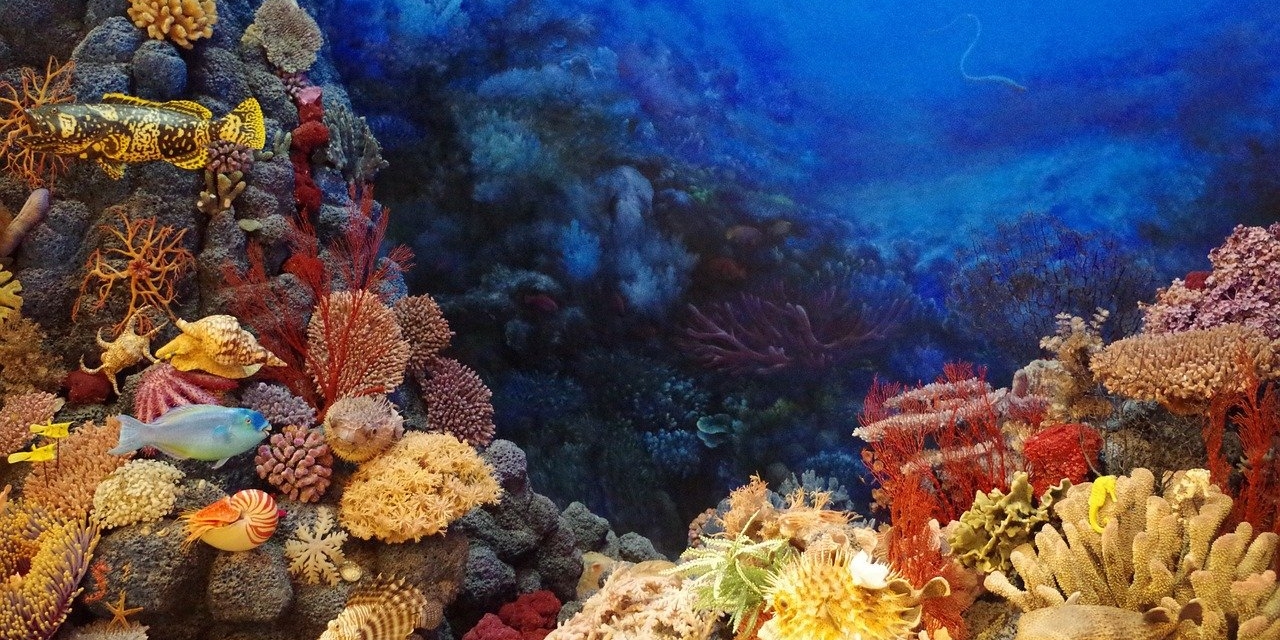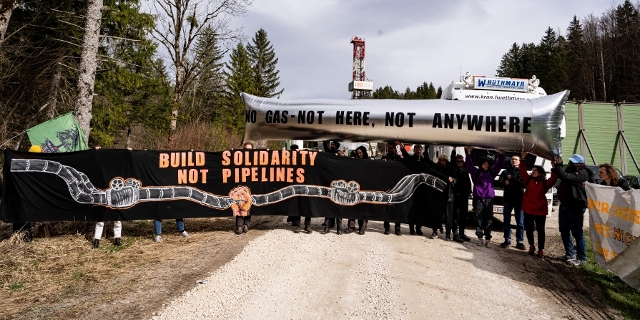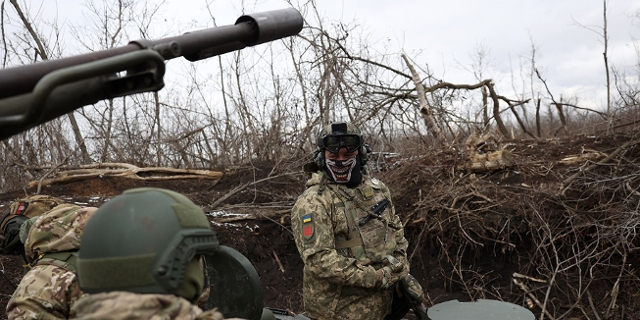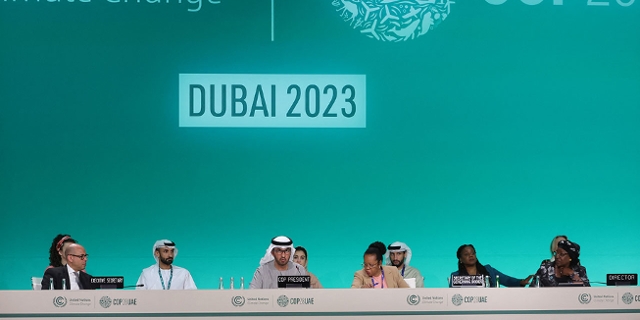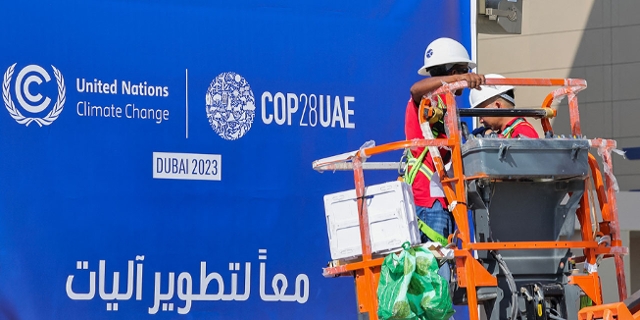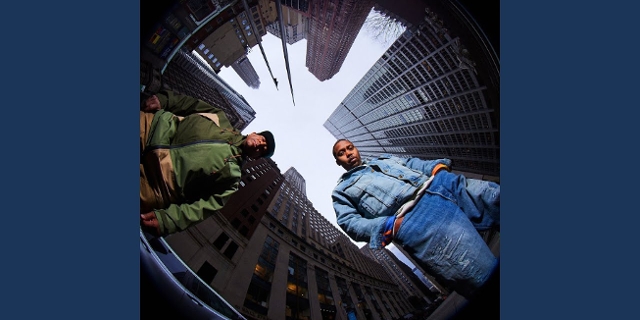We’re Breaking The Systems that Sustain Life
Algeria, Greece and Turkey on fire, Germany and China have been under water. There have been mudslides and rockfalls in the Alps, and starvation because of extreme drought in Madagascar.
This summer we have measured the cost of climate-crisis related extreme weather events in the billions of dollars and hundreds of lives. That’s the obvious and natural way of recording what has been a traumatic climatic summer.
„We are part of a bigger system“
But we are not alone on this planet. Some of the other victims of these bouts of drought, extreme heat, fire and flooding are less visible – from elephants dying of thirst, to starving birds fallign from the skies, to desiccated earthworms to the die-off of the smallest mites.
These stories are rarely in our headlines but the increasing stress caused by global heating might cause terrifying changes to the life-systems that sustain us.
“The danger is we forget we are part of a bigger system and we depend on that bigger system and that bigger system is the Earth,” says Jonathan Watts, The Guardian’s global environment editor. “And here we’re talking about worms that make the soil nutritious or pollinators that make sure our crops are strong and vibrant. Or birds that get rid of pests and so forth. We depend on them and we’ve taken them for granted.”
Scientists say many of these species that we depend on are going to be badly hit by climate change. Rising temperatures and spreading aridity are changing habitats. Species are being pushed out their normal range; pushed usually to seek cooler places either nearer the poles or to areas of higher altitude.
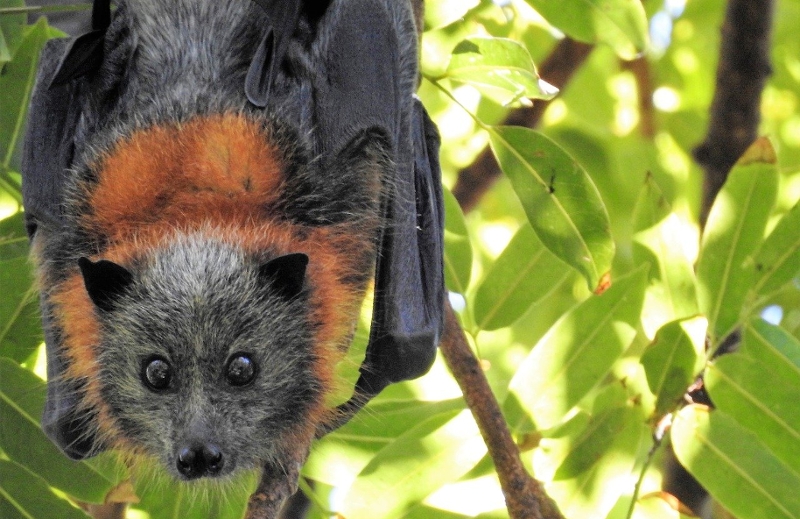
shell brown/pixabay
Climbing Beetles, falling Bats and dying Flamingos
We see that here in Austria most visibly with trees. The larch is a joy to behold, with its autumnal explosion of vibrant yellow. Yet, for all its beauty, it is alarming to see it at altitudes where, just decades ago, there was the permanent ice of glaciers. And the parasites are following the trees up the mountain. We are now seeing bark-beetle infestations at altitudes that were thought to be impossible to live in for them just a few years ago.
Sometimes the stresses on biodiversity are more sudden and more dramatic than that. In the year 2019 locals in Cairns in north-eastern Australia saw bats toppling from trees into backyards and swimming pools.
Over just two days in November, record-breaking heat in Australia’s north-eastern region wiped out almost one-third of the nation’s spectacled flying foxes. The photos of the bats being collected in overflowing wheelbarrows seem like the stuff of science-fiction horror dystopia.
Last month, in just two weeks, thousands of baby flamingos have died at Turkey’s Lake Tuz. The lake had become depleted of water, according to environmentalists, by a combination of climate change and excessive agricultural irrigation extraction.
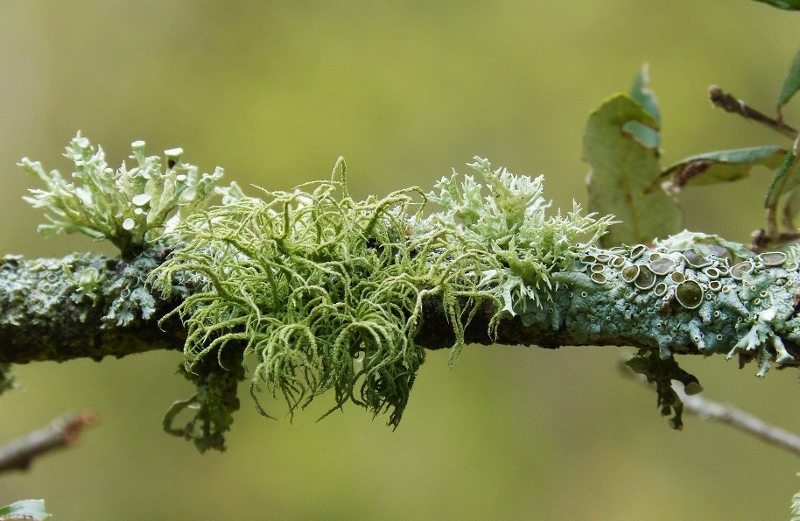
Marc Pascual/Pixabay
„Natural Life Support“ under threat
“They’re the ones that we can see; the bigger creatures,” comments Jonathan Watts. “The danger is that we’re not focusing on the smaller parts of our ecosystem: the moss and the lichen for example, or all the tiny creatures in the earth, the mites. All of these creatures do the bulk of the work in the world in terms of keeping the natural life support system going.”
If our soil is being impacted and the pollinators of the plants that grow out of that soil are being decimated, there’s even more alarming data coming from our oceans.
Even before the wildfires and the dead flamingos, Turkey was making headlines this year because of a thick layer of sticky thick mucus that was spreading across the Sea of Marmara and has been called “sea snot”. It was thought to have been caused by the flow of nutrient-rich untreated sewage flows combined with unusually warm temperatures.
The Message Has Not Been Delivered
Perhaps like a rash on our skin, it was at best an outward reminder that something is wrong with our system and we should urgently seek a remedy and change our lifestyles. The seas are now about 26% more acidic than in pre-industrial times, with damaging impacts on shellfish in particular. Corals are bleaching and are less able to act as a nursery to fish. Systems we don’t fully understand are being disrupted or destroyed.
Chnages to plankton could be the biggest problem yet. “In the oceans, algae and phytoplankton perform an absolutely vital role in absorbing carbon dioxide,” says Jonathan Watts. “And so if they start to lose their numbers and their capacity to do that, it actually makes climate change worse. You have a knock-on effect. There needs to be much more focus on this this relationship between biology and climate. That message hasn’t yet been properly communicated.”
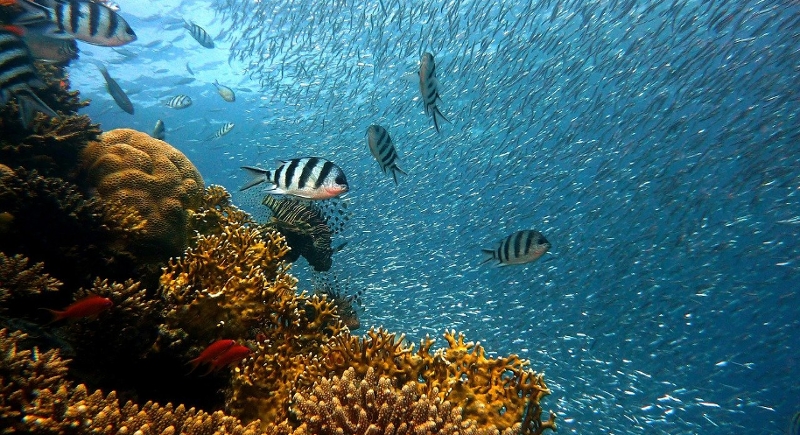
joakant/pixabay
„No Time For Delay“
This week the United Nations Secretary General António Guterres called the latest Intergovernmental Panel on Climate Change (IPCC) report “a code red for humanity."
He said the report, which was the first major review of the science of climate change since 2013, shows that “there is no time for delay and no room for excuses.”
One of the most worrying aspects of climate science is the suggestion we might have broken the system. Scientists refer to “tipping points” to describe the potential of the Earth’s climate system undergoing an abrupt change in response to continued warming. For example, the potential release of carbon stored in tropical and boreal forests through drought and fire or permafrost melt releasing the carbon stored in Arctic soils. Or icesheets turning to dark water and being unable to reflect away the sun’s energy. The disruption to biodiversity is just one more vital aspect of this picture.
The science, which is compiled by hundreds of researchers working on dozens of aspects of global heating, is complex. But it is also very clear: the horrific life-costing, economy-destroying heatwaves, wildfire and flooding catastrophes we have seen this summer are just a small taste of what is to come if we don’t drastically cut emissions now.
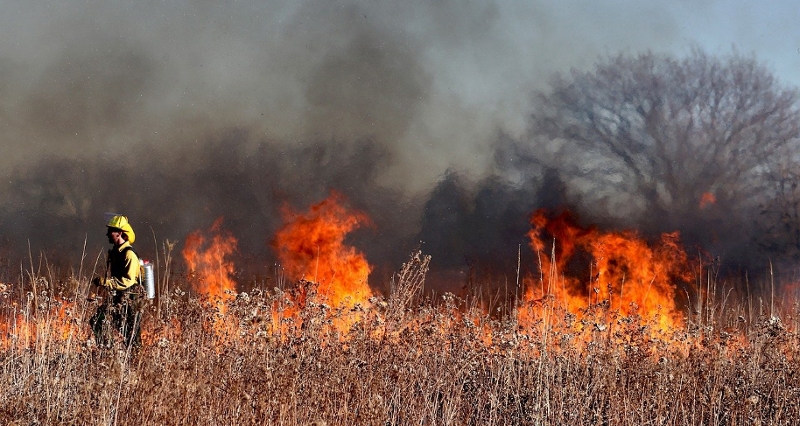
Ted Ersky/Pixabay
Not after we have built a few more motorways planned in the 1970s and explored for a bit more oil to satisfy shareholders. Not when we launched the new series of SUVs. No. Now.
To keep the situation under control, IPCC scientists say that we need to cut global emissions in half by 2030. And that will take political will. But environmentalists point out that a quick scan of headlines from new and far shows that to be a big ask. Whether it is Austria planning a motorway under wetlands, the UK investing in further drilling exploration or China building more coal power plants; it’s hard to spot the dynamic response this report demands.
Publiziert am 11.08.2021







